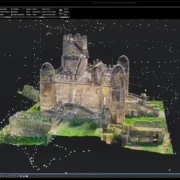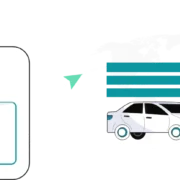
In today’s technology-driven world, image analysis software plays a critical role in the field of digital image processing. From improving picture quality to uncovering hidden details in visuals, these tools offer immense possibilities for industries ranging from healthcare to security. By automating complex processes, they help professionals achieve accurate results quickly and efficiently.
What Is Image Analysis Software?
Image analysis software refers to specialized tools designed to examine and extract meaningful information from images. These programs use advanced algorithms to process visual data, identify patterns, and perform complex analyses.
Common applications of image analysis include:
- Object recognition
- Quality inspection
- Medical imaging
- Scientific research
This software is often paired with digital image processing, which involves manipulating and enhancing raw image data to make it more suitable for specific applications.
Key Features of Digital Image Processing
Digital image processing is the backbone of image analysis software. It involves a range of techniques, such as:
1. Image Enhancement
This process improves the clarity and visibility of an image by adjusting brightness, contrast, and resolution. It is essential for applications like medical imaging, where fine details matter.
2. Image Segmentation
Image segmentation divides an image into multiple regions or objects. This feature is commonly used in satellite imagery, facial recognition, and industrial inspection.
3. Pattern Recognition
Using advanced machine learning algorithms, image analysis software identifies and classifies patterns within images. This is particularly useful in fields like security and forensics.
4. Noise Reduction
Noise reduction techniques are used to eliminate unwanted visual artifacts, resulting in cleaner and more accurate images. This is especially important for scientific applications.
Applications of Image Analysis Software
The combination of image analysis software and digital image processing has revolutionized many industries. Some notable applications include:
Healthcare
Medical professionals rely on these tools for diagnostic imaging, such as X-rays, MRIs, and CT scans. Image analysis ensures early detection of diseases and improves treatment outcomes.
Manufacturing
Industries use image analysis software to inspect products for defects, ensuring high-quality standards in production lines.
Agriculture
In agriculture, these tools analyze drone-captured images to monitor crop health, detect pests, and optimize irrigation.
Security and Forensics
In security, image analysis software helps identify objects or individuals in surveillance footage. It also aids forensic experts in examining evidence.
How Image Analysis Software Enhances Efficiency
Integrating digital image processing into workflows saves time, reduces errors, and improves decision-making. Automated analysis eliminates the need for manual inspection, making it ideal for industries with high-volume data.
Conclusion
The synergy between image analysis software and digital image processing has opened new frontiers in technology. These tools are indispensable for improving efficiency, enhancing image quality, and driving innovation across diverse sectors.
























Comments